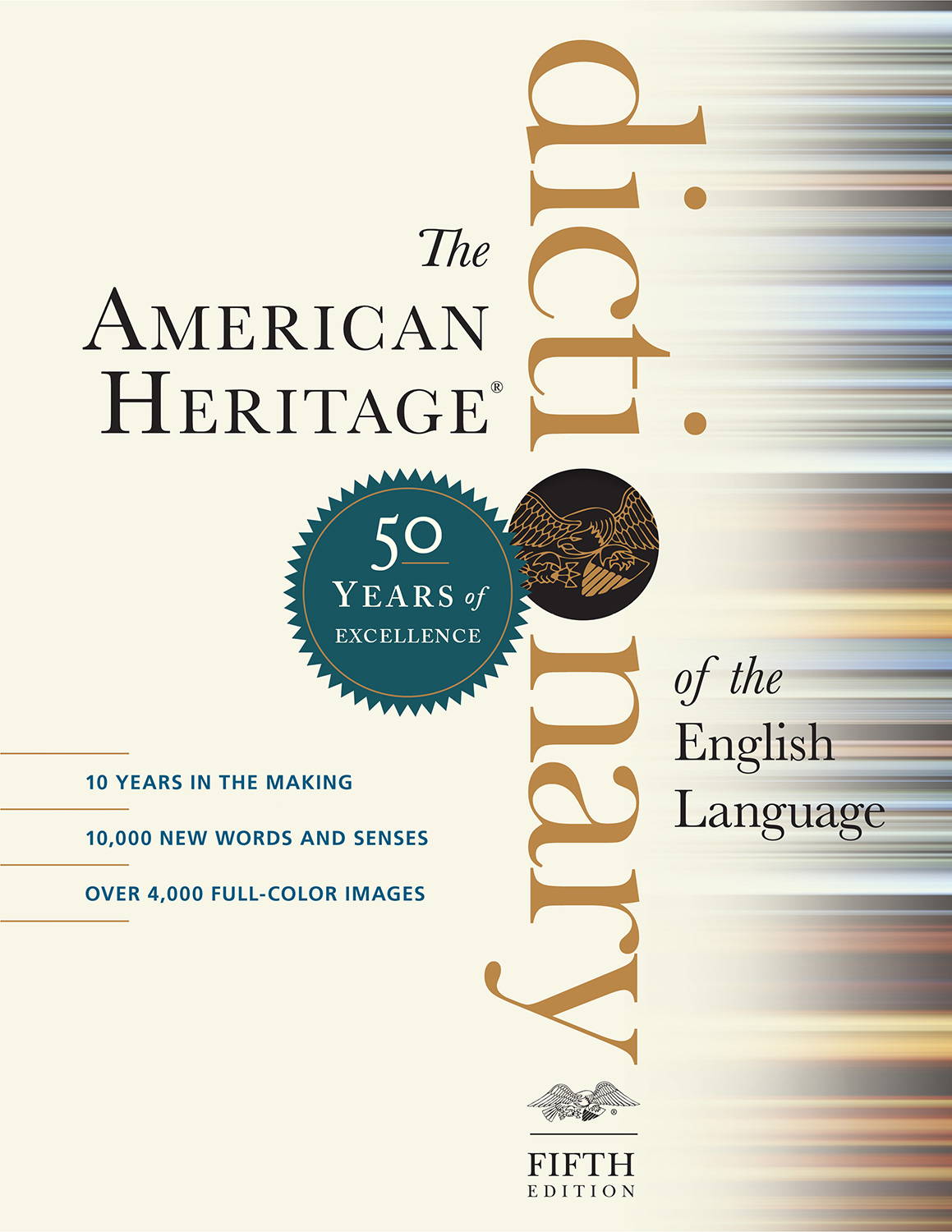or·ange  (ôr ĭnj, ŏr -)
Share:
n.1. a. Any of several evergreen trees of the genus Citrus of Southeast Asia, widely cultivated in warm regions and having fragrant white flowers and round fruit with a yellowish or reddish rind and a sectioned, pulpy interior, especially the sweet orange and the bitter orange. b. The fruit of any of these trees, having a sweetish, acidic juice. 2. Any of several similar plants, such as the Osage orange and the mock orange. 3. The hue of that portion of the visible spectrum lying between red and yellow, evoked in the human observer by radiant energy with wavelengths of approximately 590 to 630 nanometers; any of a group of colors between red and yellow in hue, of medium lightness and moderate saturation. adj.1. Of the color orange. 2. Made from oranges. 3. Tasting or smelling like oranges.
[Middle English, from Old French pume orenge, translation and alteration (influenced by Orenge, Orange, a town in France) of Old Italian melarancio : mela, apple + arancio, orange tree (alteration of Arabic nāranj, from Persian nārang, from Sanskrit nāraṅgaḥ, possibly of Dravidian origin).]
orang·y, orang·ey (-ĭn-jē) adj.
Word History: If we trace the origin of the English word orange from its source, we follow the path of the fruit as its popularity expands from Asia to Europe. The ultimate origins of the word lie in the Dravidian language family, a family of languages spoken in South Asia that includes Kannada, Malayalam, Tamil, and Telugu. The modern Tamil word for an orange, for example, is nāram, and in ancient times, a Dravidian word similar to this was adopted into the Indo-European language Sanskrit as nāraṅgaḥ. As the fruit passed westward from India, so did the word for it, becoming Persian nārang and Arabic nāranj. The Arabs brought the first oranges to Spain and Sicily between the 8th and 10th centuries, and from there the popularity of the fruit spread throughout Europe. The Arabic word is the source of Old Italian arancio, "orange tree," and this word was compounded with Old Italian mela, "apple," to make melarancio, referring to the fruit of the orange tree. Old Italian melarancio was translated into Old French as pume d'orenge, "apple of the orange tree." The a in the Old Italian word was replaced by o in Old French due to the influence of the name of the town of Orange (from which oranges reached the northern part of France) and possibly also due to the influence of the Old French word or, "gold" (by association with the rich color of the fruit). In the final stage in the journey of the word, the Old French form was borrowed into Middle English, at first spelled orenge in a text dating from around 1400. The English word orange begins to be used to designate the color orange in the 16th century. |







